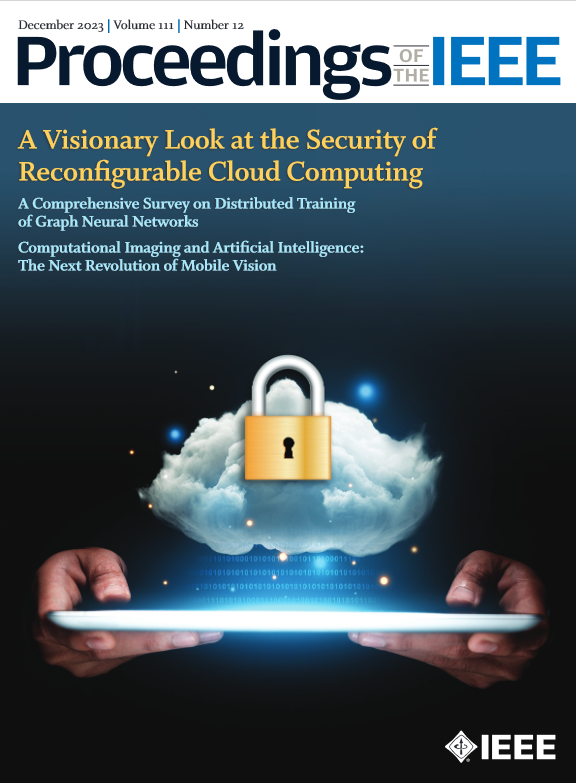In-Band Full Duplex
IF 23.2
1区 计算机科学
Q1 ENGINEERING, ELECTRICAL & ELECTRONIC
引用次数: 0
Abstract
The global wireless industry works like clockwork. Every decade, the global community ratifies a new generation of cellular standards relying on advances from the past decades; a similar rhythm drives Wi-Fi standardization. In all standards, cellular and Wi-Fi, a core design principle is that wireless nodescan either transmit or receive in a given frequency band. However, a node cannot simultaneously transmit and receive in the same frequency band due to high self-interference from its own transmitted signal that can drown out the receive signal. As a result, to enable bidirectional communications between nodes, network designs have relied on partitioning time and frequency using a mix of time-division duplex and frequency-division duplex. In short, wireless designs have not considered in-band full duplex (IBFD) as a building block.带内全双工
全球无线行业就像时钟一样运转。每隔十年,全球社会都会根据过去几十年的进步批准新一代蜂窝标准;类似的节奏也推动着 Wi-Fi 标准化。无论是蜂窝还是 Wi-Fi,所有标准的核心设计原则都是无线节点可以在特定频段内发射或接收信号。但是,由于自身发射信号的自干扰很强,会淹没接收信号,因此节点不能在同一频段同时发射和接收信号。因此,为了实现节点之间的双向通信,网络设计一直依赖于使用时分双工和频分双工混合来划分时间和频率。简而言之,无线设计没有考虑将带内全双工(IBFD)作为构建模块。
本文章由计算机程序翻译,如有差异,请以英文原文为准。
求助全文
约1分钟内获得全文
求助全文
来源期刊

Proceedings of the IEEE
工程技术-工程:电子与电气
CiteScore
46.40
自引率
1.00%
发文量
160
审稿时长
3-8 weeks
期刊介绍:
Proceedings of the IEEE is the leading journal to provide in-depth review, survey, and tutorial coverage of the technical developments in electronics, electrical and computer engineering, and computer science. Consistently ranked as one of the top journals by Impact Factor, Article Influence Score and more, the journal serves as a trusted resource for engineers around the world.
 求助内容:
求助内容: 应助结果提醒方式:
应助结果提醒方式:


